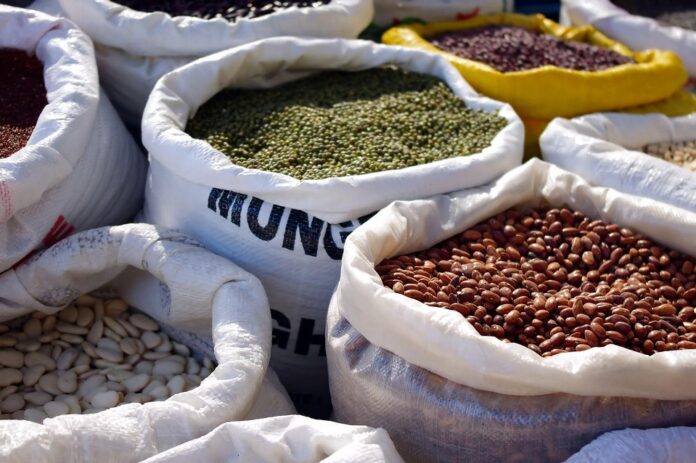The Future of Dry Goods Packaging: Resealable, Recyclable, and Efficient
Introduction
The packaging industry is constantly evolving to meet the demands of consumers who are increasingly concerned about the environmental impact of their purchases. In recent years, there has been a growing trend towards more sustainable packaging solutions, particularly in the dry goods sector. Companies are now focusing on developing packaging that is not only resealable and efficient but also recyclable to reduce waste and minimize environmental harm.
Current Challenges in Dry Goods Packaging
Traditional packaging for dry goods often involves single-use plastic bags or boxes that are not resealable, leading to product spoilage and waste. Additionally, these types of packaging are not easily recyclable, contributing to the growing problem of plastic pollution. As consumers become more aware of these issues, they are demanding more sustainable packaging options from companies.
Industry Trends and Insights
According to a report by Grand View Research, the global sustainable packaging market is expected to reach $399.1 billion by 2027, with a compound annual growth rate of 7.8%. This growth is driven by increasing consumer awareness of environmental issues and a shift towards eco-friendly packaging solutions. In response to this trend, many companies in the dry goods sector are investing in research and development to create packaging that is both sustainable and functional.
Resealable Packaging Solutions
One of the key features of the future of dry goods packaging is resealability. Consumers want packaging that allows them to easily open and close the package, keeping the product fresh for longer. Companies are now developing innovative solutions such as zip-top bags, resealable pouches, and snap-lock containers to meet this demand. These types of packaging not only reduce food waste but also improve the overall user experience.
Recyclable Packaging Innovations
In addition to resealability, recyclability is also a crucial factor in the future of dry goods packaging. Companies are increasingly turning to materials such as paper, cardboard, and biodegradable plastics to create packaging that can be easily recycled. This shift towards more sustainable materials not only reduces the environmental impact of packaging but also appeals to eco-conscious consumers who are looking for greener alternatives.
Efficiency in Packaging Design
Efficiency is another key aspect of the future of dry goods packaging. Companies are focusing on designing packaging that is not only sustainable but also efficient in terms of storage, transportation, and shelf space. By optimizing the size and shape of packaging, companies can reduce packaging waste and lower their carbon footprint. This trend towards more efficient packaging design is expected to continue as companies seek to minimize their environmental impact.
Leading Companies in Sustainable Packaging
Several companies are at the forefront of sustainable packaging innovation in the dry goods sector. One example is Loop Industries, a company that specializes in creating packaging made from recycled materials. Loop Industries has developed a proprietary technology that allows for the recycling of PET plastic without degradation, creating a closed-loop system for packaging materials.
Another company making waves in sustainable packaging is TerraCycle, which offers a range of recycling solutions for hard-to-recycle materials. TerraCycle partners with major brands to collect and recycle packaging that would otherwise end up in landfills. By working with companies to develop more sustainable packaging solutions, TerraCycle is helping to reduce waste and promote a circular economy.
Conclusion
The future of dry goods packaging is moving towards resealable, recyclable, and efficient solutions that minimize environmental impact. Companies are investing in research and development to create innovative packaging designs that meet the demands of eco-conscious consumers. By focusing on sustainability, efficiency, and consumer convenience, the packaging industry is poised to make a positive impact on the environment and reduce waste in the years to come.




